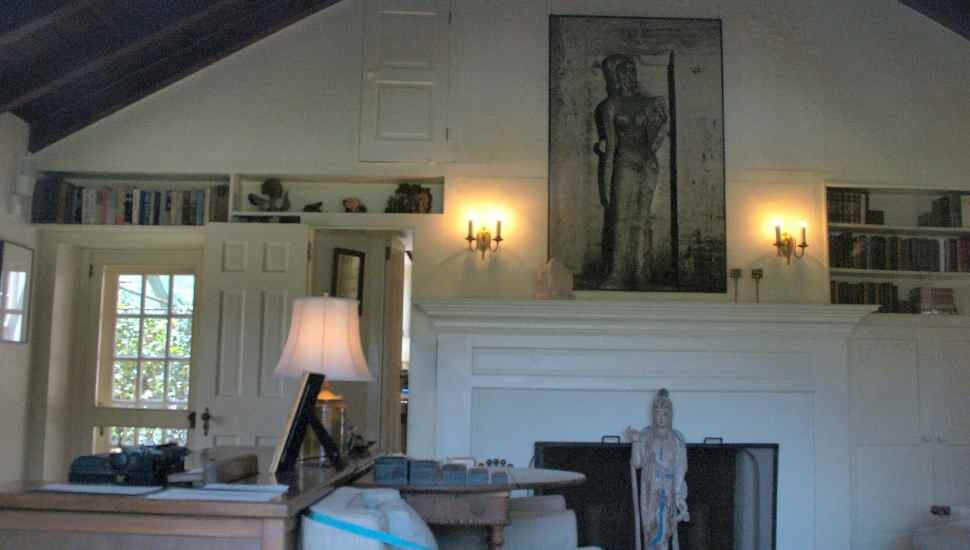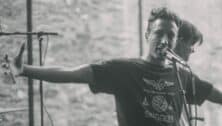Five Bucks County Museums Make Philadelphia Inquirer List of ‘Essentials’

In an area-wide wrap-up of local museums for which The Philadelphia Inquirer calls “essential,” reporter Candis McLean cites five that are in our own backyards. They provide the perfect means of wiling away a chilly winter’s day peppered with culture, insight, and fun.
Bucks County Civil War Museum, Doylestown
Although its more common to think of Bucks County in terms of the Revolutionary War, its Civil War history is rich as well.
Located inside the historic Hall House, the Bucks County Civil War Museum has artifacts, photographs, flags, and maps. Also of note is the onsite research and reading library, which has a searchable database yielding information on any individual serving in the U.S. military, past or present.
Mercer Museum & Fonthill Castle, Doylestown
The Mercer Museum houses more than 50,000 pre-Industrial tools and utility machines like stagecoaches, weaving wheels, and plowshares. Its Lenape Stone, found in the county in 1872, shows an Indigenous hunting party tracking wooly mammoths.
Fonthill Castle is the massive former home of Henry Chapman Mercer, world traveler and collector.
Michener Art Museum, Doylestown
This site is named for the Pulitzer Prize-winning writer and Doylestown resident James A. Michener (Tales of the South Pacific, Hawaii, Space). Its walls hold more than 2,700 paintings of impressionist works capturing Bucks County art and history.
Pearl S. Buck House, Perkasie
This 67-acre landmark home and farm was the home of Nobel Prize-winning author Pearl S. Buck for 40 years. It was also where she wrote works including The Good Earth. The stone farmhouse holds her personal typewriter, family board games, a collection of her sculptures, personal papers, and photographs.
Moravian Pottery and Tile Works, Doylestown
The Moravian Pottery and Tile Works is a National Historic Landmark. It contains early tile-making equipment, tools, drawings, commission records, and the molds that produced the decorative and functional construction pieces.
More on these sites — and the other “essential” museum experiences in the area — is at The Philadelphia Inquirer.
Connect With Your Community
Subscribe for stories that matter!
"*" indicates required fields






























